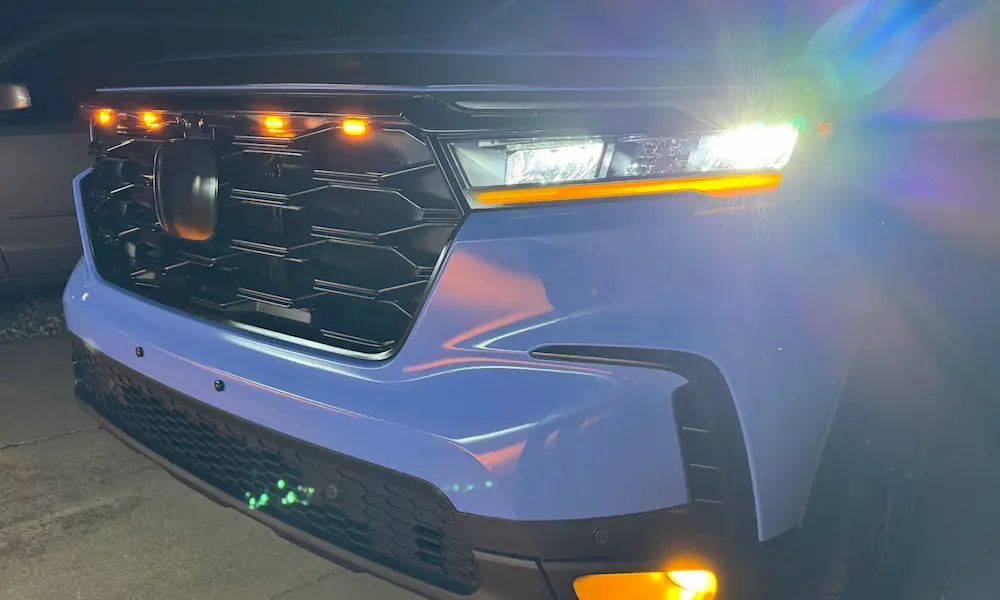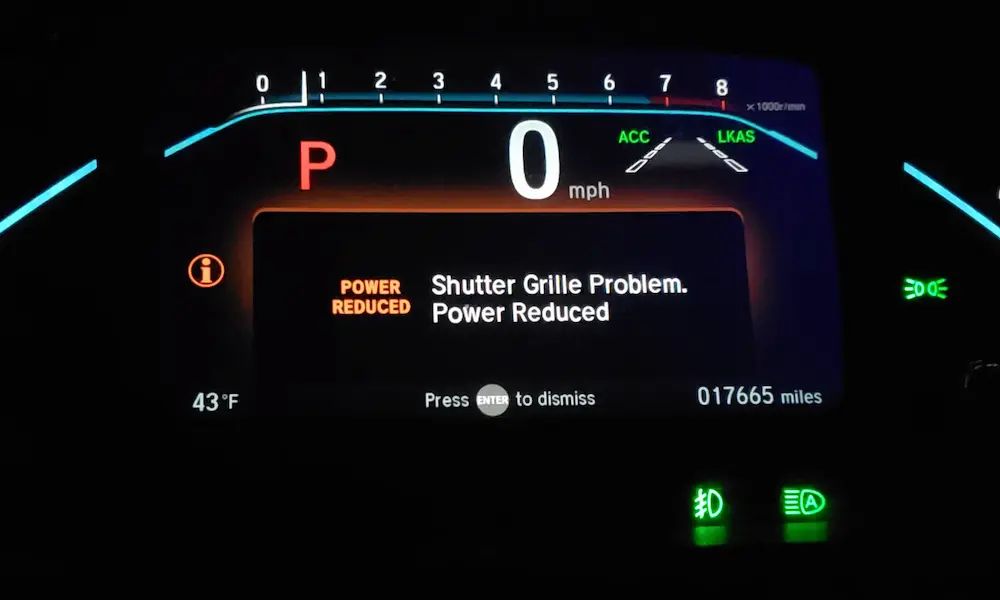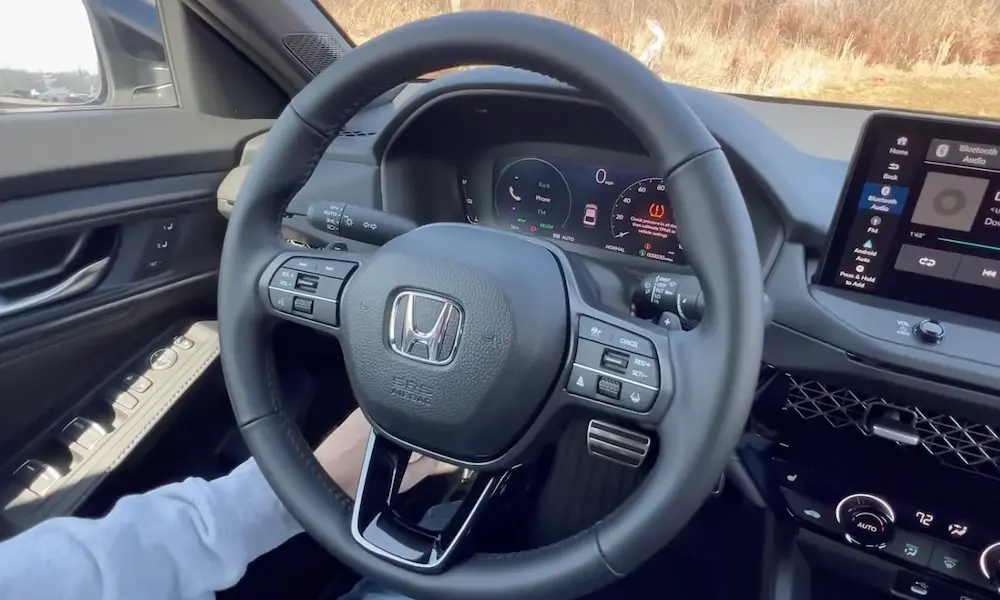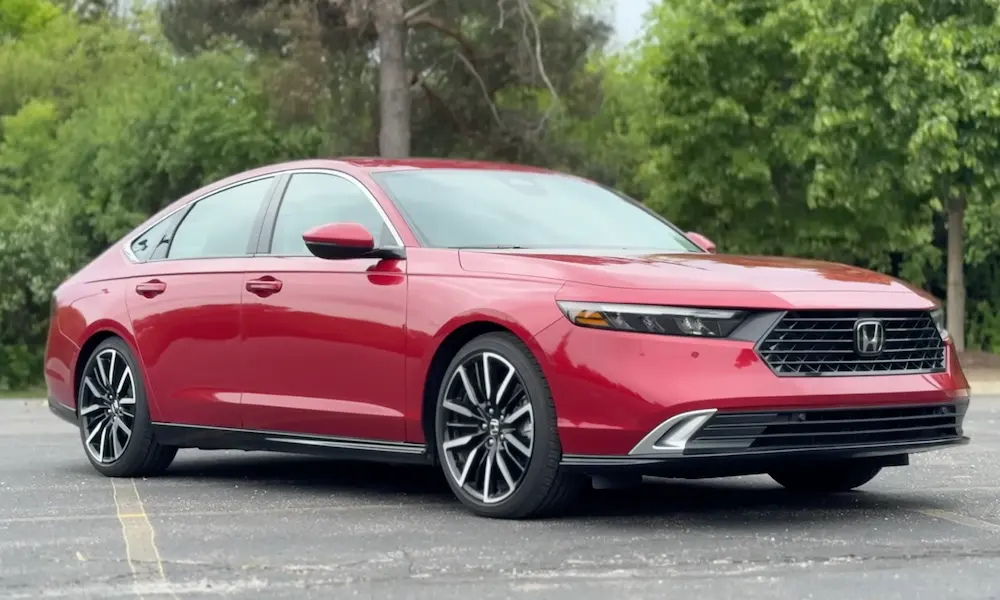Are you facing an emission system problem with your Honda Civic? This issue often arises due to faulty oxygen sensors or a malfunctioning catalytic converter, affecting your car’s performance and environmental compliance. Don’t worry, understanding how to maintain your Civic can enhance its reliability. In this guide, you’ll discover practical solutions and tips that might just solve your problems. Keep reading to ensure your Civic runs smoothly.
Common Emission System Problems
Emission system problems in a Honda Civic can lead to warning lights on your dashboard and may affect your car’s performance. Understanding these issues will help you address them quickly and effectively.
Faulty Oxygen Sensors
One common problem in your Honda Civic’s emission system can be faulty oxygen sensors. These sensors play a crucial role in measuring the oxygen levels in your car’s exhaust. If they fail, they might cause the Check Engine Light to turn on, resulting in reduced fuel efficiency and increased emissions.
A bad oxygen sensor can make your engine run too rich or too lean, affecting your car’s performance. Replacing these sensors as needed can prevent further issues and keep your vehicle running smoothly. Regular maintenance checks can catch faulty sensors before they cause bigger problems.
Catalytic Converter Issues
Your car’s catalytic converter is key to reducing harmful emissions by converting them into less harmful gases. When it becomes faulty, it can trigger the Check Engine Light and increase emissions, which can lead to poor engine performance.
The converter can fail due to problems like engine misfires or excessive carbon buildup. If you notice a decrease in engine performance or an unusual smell from the exhaust, the catalytic converter might need attention. Proper engine tune-ups and fueling with high-quality gasoline can help maintain its condition.
Evaporative Emissions Control System Faults
The Evaporative Emissions Control System is designed to capture fuel vapors and prevent them from escaping into the atmosphere. Faults in this system can cause the Check Engine Light to come on and may lead to fuel odors around your car.
Common issues include failing gas caps or faulty purge control valves. If these components wear out, they can cause leaks in the system. Regular inspection of the gas cap and checking for emissions-related codes during diagnostic tests can aid in detecting problems early.
Exhaust Gas Recirculation System Defects
The Exhaust Gas Recirculation (EGR) System helps reduce nitrogen oxide emissions by recirculating a portion of the exhaust gas back into the engine cylinders. If there’s an issue with the EGR valve, you might experience reduced engine efficiency and increased emissions.
Defects can occur in the EGR valve, causing it to stick or become clogged with carbon deposits. This can lead to engine knock or reduced performance. Cleaning or replacing the EGR valve when issues are detected can help maintain optimal engine function and reduce harmful emissions. Regular service checks are vital to catch these issues early.
Diagnosing Emission System Problems
Diagnosing emission system problems in your Honda Civic involves a few key steps. You’ll need tools like an OBD-II scanner to read fault codes, a keen eye for a visual inspection, and possibly professional help to ensure everything is running smoothly.
Interpreting Trouble Codes with OBD-II Scanner
Using an OBD-II scanner is a great first step. This tool helps you read any trouble codes your Honda Civic may have logged. Each code indicates a specific issue. Naturally, some codes are related to emission system problems, like emissions fault codes you might encounter. Once you connect the scanner, turn on the ignition and let it read the codes. This device provides a list, which you can cross-reference to determine what’s wrong.
It’s essential to understand the trouble codes you get. These codes are crucial for knowing what parts of the emission system need attention. It might take some time to learn what each number means, but it’s worth it. You can look up the meaning of these codes online or in an auto repair manual.
Visual Inspection and Maintenance Checks
A simple visual inspection can point out clear problems. Check for loose or damaged hoses in the emission system. Leaks or broken connections can cause the emission light to turn on. Look for signs of wear on parts such as the catalytic converter or oxygen sensors.
Routine maintenance checks can also prevent big issues. Make sure your air filters are clean and fuel injectors are working properly. Sometimes, just replacing a worn-out part or tightening connections can fix the problem. Regular checks can help you avoid costly repairs down the line.
Professional Diagnostic Services
Sometimes, you need professional diagnostic services. A Honda Service Center can provide expert help when you can’t solve the problem on your own. They have specialized tools to pinpoint the problem accurately. Technicians can deal with stubborn issues that may not be obvious during a DIY inspection.
They know how to respond to complex emissions fault codes and ensure everything meets emission standards. Paying for a professional may save you money over time by ensuring issues are fully resolved. An expert diagnosis can be crucial for persistent or hard-to-find problems.
Solving Common Emission Issues
Addressing emission problems in your Honda Civic involves checking components like the gas cap, oxygen sensors, spark plugs, and the catalytic converter. These fixes can improve performance and help the environment by reducing harmful emissions.
Fixing a Loose Gas Cap
The gas cap on your Honda Civic plays a crucial role in maintaining proper fuel pressure. A loose or damaged gas cap can lead to decreased fuel efficiency and trigger the emission warning light.
To fix it, ensure the cap is tightly closed after every refuel. Inspect the rubber gasket for cracks or wear. Replace the cap if it doesn’t secure tightly. Keeping it in good condition helps prevent vapor leaks, improving fuel economy and reducing emissions.
Replacing Oxygen Sensors and Spark Plugs
Oxygen sensors monitor your car’s exhaust gases, helping the engine adjust fuel mixture for optimal performance. Faulty oxygen sensors can cause poor fuel economy and high emissions. Replacing them can resolve these issues.
You should also check your spark plugs. Worn spark plugs can cause misfires, affecting engine efficiency. Replace them if they appear dirty or worn. This can improve combustion and reduce emissions.
Catalytic Converter Maintenance
The catalytic converter is essential for reducing harmful emissions from your exhaust. Over time, it can become clogged or damaged, impacting its effectiveness. Regular maintenance helps keep it functioning properly.
If your Civic shows signs like reduced performance or a sulfur smell from the exhaust, have the catalytic converter inspected. Cleaning or replacing it, if necessary, can significantly reduce emissions and improve your car’s performance.
Air Filter and PCV Valve Replacement
A dirty air filter can restrict airflow to the engine, leading to poor fuel mixture and high emissions. Check your air filter regularly and replace it if it looks dirty. This ensures the engine gets enough air to burn fuel efficiently.
The Positive Crankcase Ventilation (PCV) valve is another component to monitor. A clogged or failing PCV valve can cause increased emissions and engine performance issues. Replacing the PCV valve when needed can help prevent these problems, promoting a cleaner emission system.
Impact on Engine Performance and Fuel Efficiency
Addressing emission system issues in your Honda Civic is crucial because these problems can lead to poor engine performance and decreased fuel efficiency. Understanding these impacts can help you maintain your vehicle better and avoid unexpected repairs.
Effects of Emission Issues on Engine Health
Emission system problems can lead to a variety of engine performance issues. For instance, a faulty oxygen sensor can cause incorrect air-fuel mixture readings, leading your engine to run inefficiently. If your car’s catalytic converter is failing, you might notice a drop in acceleration power.
Dirty fuel injectors can also be a culprit. These can cause uneven fuel distribution, leading to a rough engine idle. Sometimes, you’ll face issues like misfiring, especially if the spark plugs are worn out.
Such problems can strain the engine, reducing its lifespan and causing expensive repairs down the road. Regular maintenance and timely repairs can keep your engine running smoothly and efficiently.
Emission System Problems and Fuel Economy
Emission issues can significantly impact your fuel economy. A malfunctioning oxygen sensor may result in poor mileage as the engine burns fuel inefficiently. This means you’ll spend more on fuel, something no car owner wants.
Problems like an EVAP system leak might seem minor, but they can cause fuel to evaporate without contributing to vehicle movement. Moreover, a loose or damaged gas cap can trigger the engine light and reduce fuel efficiency by letting gas fumes escape.
Regular checks can keep your Civic running at peak efficiency. Fixing issues like these ensures you get the most miles per gallon, saving you money and reducing your environmental footprint.














